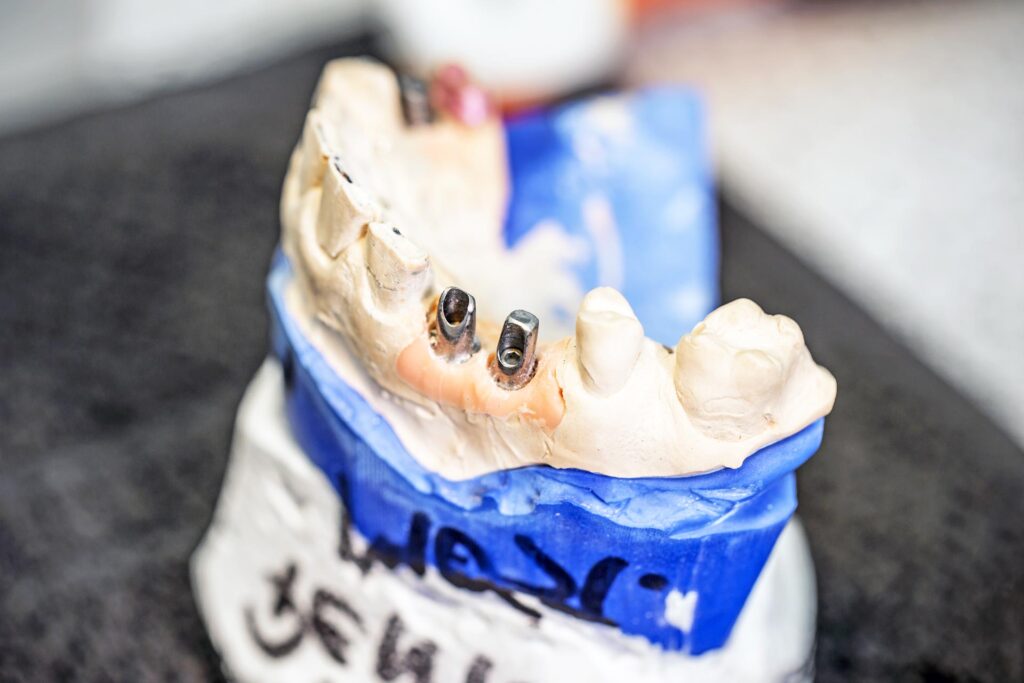
If the dental treatment to be performed is comprehensive, mentally disabled patients or adult and child patients who experience fear and anxiety can be treated with general anesthesia under appropriate conditions. General anesthesia provides a state of deep unconsciousness in which the treatment is performed more safely, healthily and comfortably without feeling asleep.
Anesthesia means a state of numbness in which sensory signals such as pain are temporarily prevented from being transmitted to the brain via nerves by various drugs.
Local anesthesia, sedation and general anesthesia are the anesthetic methods used in dental treatments. Local anesthesia provides numbness in the area where the treatment will be performed and treatment procedures are applied while the patient is awake.
In the sedation method, although the patient is conscious, the patient does not feel any pain in deep sleep due to the drugs given. In general anesthesia, the patient’s whole body is numb, unconscious and in a state of sleep, and the treatment stages are advanced by connecting to the respirator.
Before anesthesia, the anesthesiologist performs the necessary examinations and some tests to prevent unwanted side effects. The patient’s allergen status against the chemicals in the anesthesia drug is examined to avoid possible side effects. Risks are evaluated according to the patient’s test results, systemic disease history, medications, alcohol, smoking, age and obesity. The most appropriate anesthesia method is decided to be applied to the patient. General anesthesia is applied with the patient’s consent against potential risks.
Side effects of general anesthesia include nausea, vomiting, muscle, back and throat pain, dry mouth, itching, trembling, drowsiness, nerve damage that passes within a few weeks, lung collapse (atelectasis), heart palpitations, blurred vision, hoarseness, memory and learning problems.
In preparation for anesthesia, eating and drinking, including water, should be stopped at least 6 hours before the operation. For heart and lung health, smoking and alcohol use should be stopped 1 day before anesthesia. It may be necessary to stop taking blood-thinning aspirin-like drugs, vitamins and herbal treatments until a week before the anesthesia. The anesthesiologist is informed if there are symptoms of fever, runny nose and flu infection. To prevent errors during measurements and observations, nail polish, false nails, make-up, jewellery and lens should be removed. Comfortable clothes are worn.
Drugs used in anesthesia are administered to the body by spray, drops, injection into the bloodstream or gas inhalation. While under anesthesia, the pulse rate, oxygen level, body temperature and blood pressure are monitored instantly.
When the painless dental treatment with general anesthesia is completed, the patient is awakened and the necessary anesthesia procedures are completed so that the patient can quickly adapt to normal life. If there are complaints that do not go away after anesthesia, the dentist and anesthetist are informed and additional treatments are applied if necessary.





